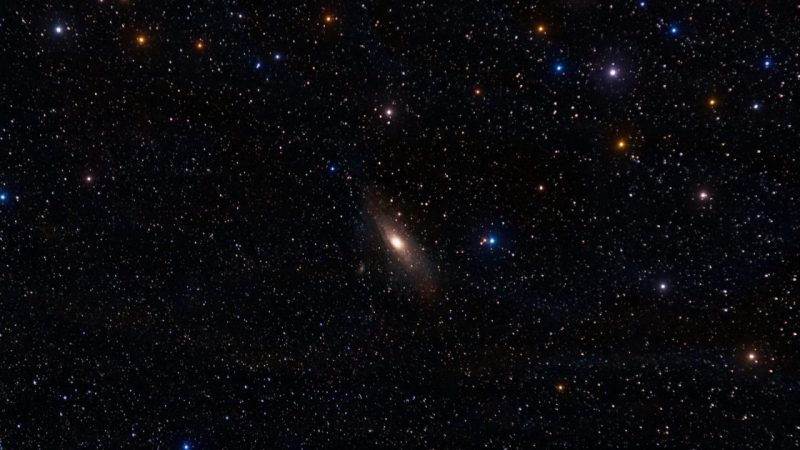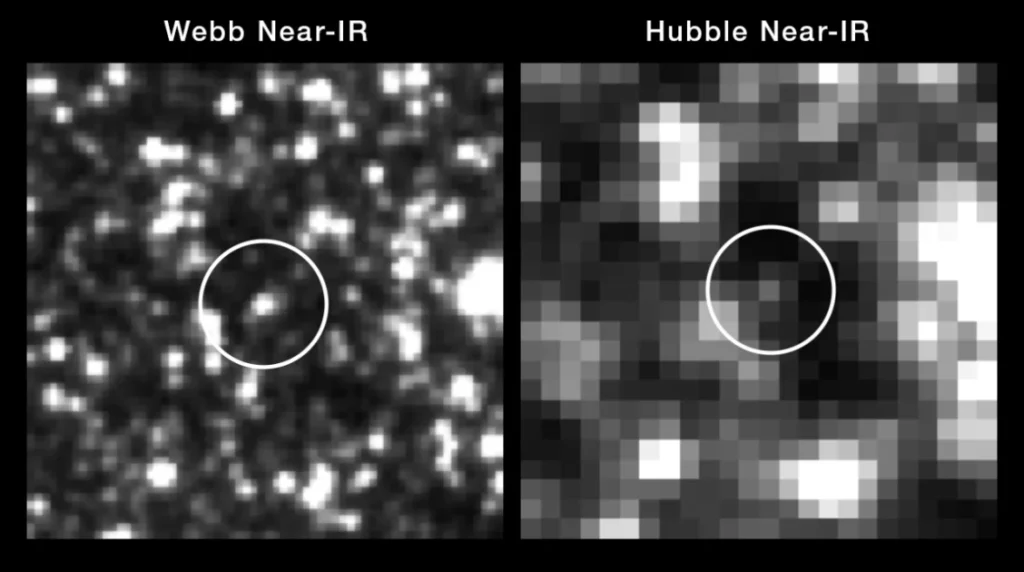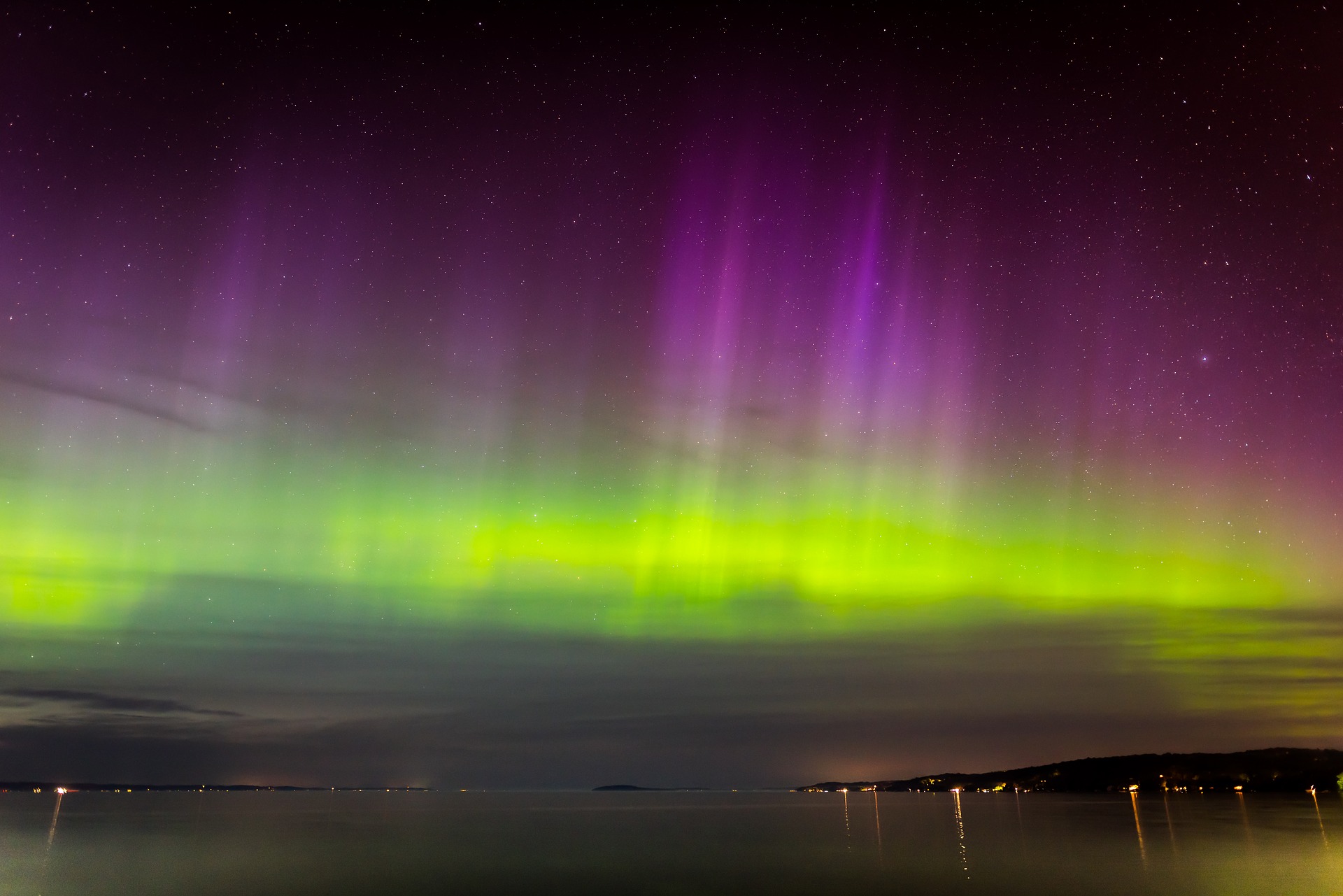NASA’s telescopes confirm universe’s expansion, though puzzle remains

The universe has presented a puzzling challenge known as the ‘Hubble Tension’ as scientists strive to unravel its mysteries. This challenge has arisen from the gap between the observed rate of the universe’s expansion and what we expect based on our current understanding. Despite meticulous observations and analyses by scientists using NASA’s Hubble Space Telescope and other tools, the puzzle remains unsolved.
The main problem here is figuring out why there’s such a difference between the expansion rate seen through the Hubble Telescope and what the European Space Agency’s (ESA’s) Planck mission’s data suggests. This mismatch raises an important question: Are we dealing with a need for new physics to explain this puzzle, or is it possible that there are just errors in how we’re measuring things?
NASA’s Hubble and James Webb Space Telescopes have collaborated, providing valuable insights into this cosmic puzzle. Through the study of distant celestial objects, such as the galaxy NGC 5468 located approximately 130 million light-years away, astronomers have gathered highly significant data on the expansion of the universe. These observations, carried out meticulously over decades, have deepened our understanding of the cosmos. However, they’ve also revealed puzzling discrepancies that we’re still grappling with.

Adam Riess, a physicist at Johns Hopkins University and a Nobel laureate for his groundbreaking work on dark energy, suggests that the observed deviation in the expansion rate could signal a fundamental misunderstanding of cosmic principles rather than simple measurement errors.
“With measurement errors negated, what remains is the real and exciting possibility we have misunderstood the universe,” said Riess.
Riess holds a Nobel Prize for co-discovering the fact that the universe’s expansion is accelerating, due to a mysterious phenomenon now called “dark energy.”
To dig deeper into this mystery, scientists have meticulously scrutinized the reliability of distance measurements derived from Cepheid variable stars – a crucial cosmic milestone. By carefully cross-referencing data from both the Hubble and Webb telescopes, researchers aim to confirm the accuracy of these measurements, thereby improving our understanding of the universe’s expansion dynamics.
“We’ve now spanned the whole range of what Hubble observed, and we can rule out a measurement error as the cause of the Hubble Tension with very high confidence,” Riess said.

The collaboration between these two groundbreaking telescopes has successfully worked to reveal a wealth of insights.
The new Webb observations include five host galaxies of eight Type Ia supernovae containing a total of 1,000 Cepheids, and reach out to the farthest galaxy where Cepheids have been well measured – NGC 5468 – at a distance of 130 million light-years.
“This spans the full range where we made measurements with Hubble. So, we’ve gone to the end of the second rung of the cosmic distance ladder,” said co-author Gagandeep Anand of the Space Telescope Science Institute in Baltimore, which operates the Webb and Hubble telescopes for NASA.
Despite persistent efforts, astronomers continue to grapple with a number of challenges in merging observational data and theoretical predictions. The Hubble Tension is a significant challenge, motivating astronomers to explore the cosmos further, aiming to unravel its complexities and solve the mystery of the universe’s expansion dynamics.
Looking ahead, the arrival of cutting-edge observatories like NASA’s Nancy Grace Roman Space Telescope and ESA’s Euclid observatory holds promise for shedding further light on the mysteries surrounding dark energy and cosmic expansion. These missions are planning to solve the puzzle of the universal scale.
Hubble is a joint effort between NASA and ESA, overseen by NASA’s Goddard Space Flight Center in Maryland. Operations are managed with Lockheed Martin Space in Colorado, while the Space Telescope Science Institute in Maryland handles the scientific side for both Hubble and Webb.
The James Webb Space Telescope, considered the top space science tool globally, is uncovering cosmic secrets. It explores our solar system, studies far-off planets around distant stars, and investigates the mysterious beginnings and structures of our universe. Webb is a worldwide endeavor led by NASA, partnered with ESA and the Canadian Space Agency.
This findings were reported in the February 6, 2024 edition of The Astrophysical Journal Letters.


